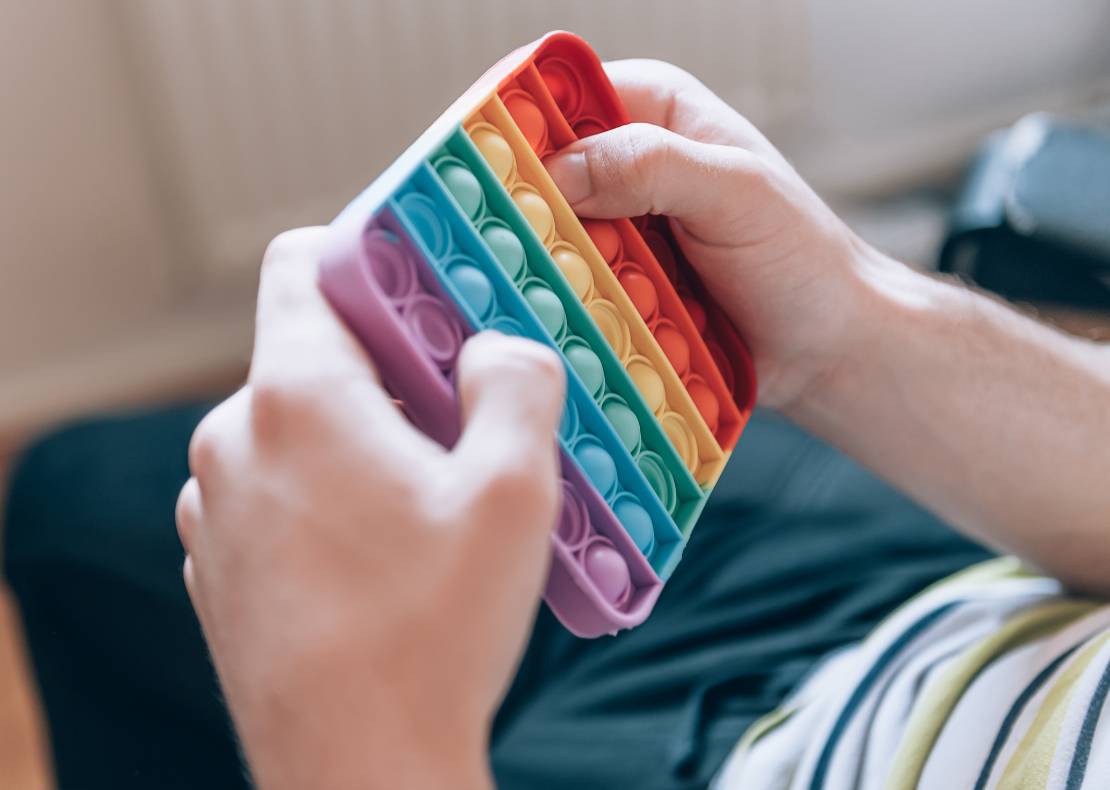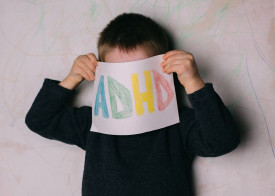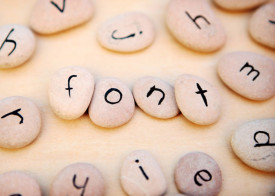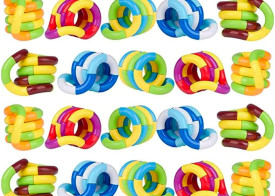
There are many different types of sensory toys, and a lot of them have a bad reputation for being a distraction with children focusing on their toys rather than the classroom content. We think that’s unfair. We want to show you how these toys can be a positive addition to the classroom. There are many benefits for children and young people with special educational needs as well as the rest of the class. These toys can improve learning, engagement, and concentration, but if you’re worried about the potential for distraction, we’ve got some top tips for you to avoid this too!
What is a fidget toy?
A fidget toy is an object that can be provided to a child (or an adult!) to regulate their need for movement and touch. This can help calm our bodies and keep our minds attentive, alert, and focused. Movement has been found to be a powerful element of focus and problem solving and fidgets are excellent for small movements of the hands while we work or focus.
Debunking the “distraction” problem
If students are unfocused, they may keep getting up to go to the bathroom, moving to sharpen their pencils often, or getting involved with other students. These students may benefit from having a sensory tool to help them focus, just like a child with poor eyesight may need glasses.
By embracing sensory toys in the classroom, there will be less disruption overall, as the unfocused student will be more likely to remain seated and not interfere with other students’ learning. It’s important to note that not all toys will be distraction-free; fidget spinners can be noisy (especially if span on the desk), but items such as stress balls and fidget cubes are quiet and subtle, allowing the child to fidget and focus without disrupting the class.
Who can use fidget toys?
Anyone! Fidget toys can aid those with sensory processing disorders, ADHD, autism or even students who exhibit stress and anxiety.
Fidgets keep the body active, making room for the student to better engage in communication, reading, and listening. Children who can’t easily stay in their seats (for example, those with hyperactive ADHD) will benefit from fidgets because they encourage quiet body movement while still providing high sensory input.
Hands are particularly important to self-regulating the nervous system, which makes small fidget toys valuable for classroom learning.
How can I introduce fidget toys into the classroom?
It’s great to accept that fidget toys can help the restless student, but can you integrate these toys into the classroom without causing a disturbance or distraction to others? Yes! Here are some of our top tips to make sure fidget toys support learning and engagement without disturbing the other children:
- Use toys that only require hands, and not their eyes or ears. This allows the child to fidget without distracting them from what they’re meant to be focusing on or being noisy.
- Have a class box of fidget toys to avoid “toy envy” when a child has a new popular toy. Hygiene is important here, as pupils will be sharing, and for some pupils with SEN, it’s more beneficial for them to have their own items.
- Be patient. When bringing anything new into the classroom, it can be distracting initially because of the novelty value. Once pupils get used to fidget toys being in the classroom, this distraction will fade.
- Educate them that difference is okay, and fair doesn’t mean everyone has the exact same things. Your SENCO should be able to offer advice on age-appropriate information for children who want to know why some children are allowed toys and others aren’t.
I’m sold, where can I get quiet fidget toys?
Our toys are quiet and discreet, as we know that the bright, flashing, noisy ones can be difficult to navigate around. From stress balls to spinners, to tangle toys and putty, we’ll have the perfect fidget toy for your classroom.
Are you ready to embrace sensory toys in your classroom? Check out our website, or contact us for more information!




